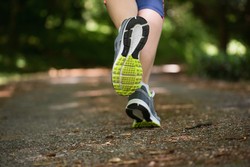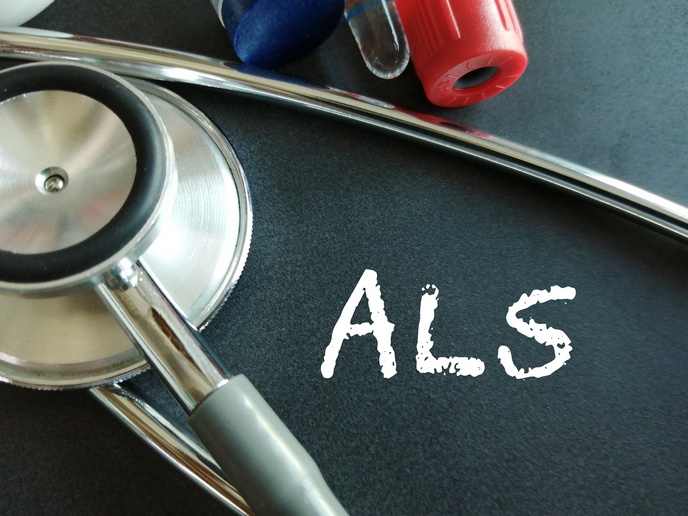Smart, wireless shoe to better monitor recovering patients
A revolutionary concept in the form of a high-tech set of shoes is showing much promise for patients who are recuperating from debilitating strokes or sports injuries. The EU-funded WI-SHOE(opens in new window) (A novel wireless, wearable shoe-based system for real time monitoring of energy expenditure and gait parameters for sport and medical applications) project made significant headway in the field. Project partners developed a casual, everyday shoe and an athletic shoe with sensors in the sole that can measure energy expenditure and gait parameters (gait speed, step length, step frequency) in order to assess and support recovery. The completely non-intrusive wearable system integrates miniature sensors in a specially designed shoe sole. Data from the shoe is remotely sent to a smartphone in order to evaluate a patient’s condition and gait performance. Wireless data can also be forwarded to a cloud-based version of the WI-SHOE software for full data analysis. In addition, it offers historical analysis of results. The WI-SHOE solution allows for continuous remote monitoring of a patient without the need for a healthcare, rehabilitation or athletic specialist’s intervention. The accuracy of its measurements is much higher compared to competing market solutions in the same target price range. A lower-cost version was also built for applications that do not require greater precision for measurements. The shoe does not need frequent calibration and can be operated wherever everyday activities are carried out. To accompany the shoe, researchers developed a user-friendly calibration device to determine whether the sensors are working properly and to correct possible errors. A dedicated application was prepared to guide users in the calibration procedure. Lastly, a business and exploitation plan to commercialise the shoe was prepared that boasts excellent market penetration opportunities. Enabling remote monitoring through WI-SHOE will represent valuable support to recuperating patients, ultimately empowering them.







